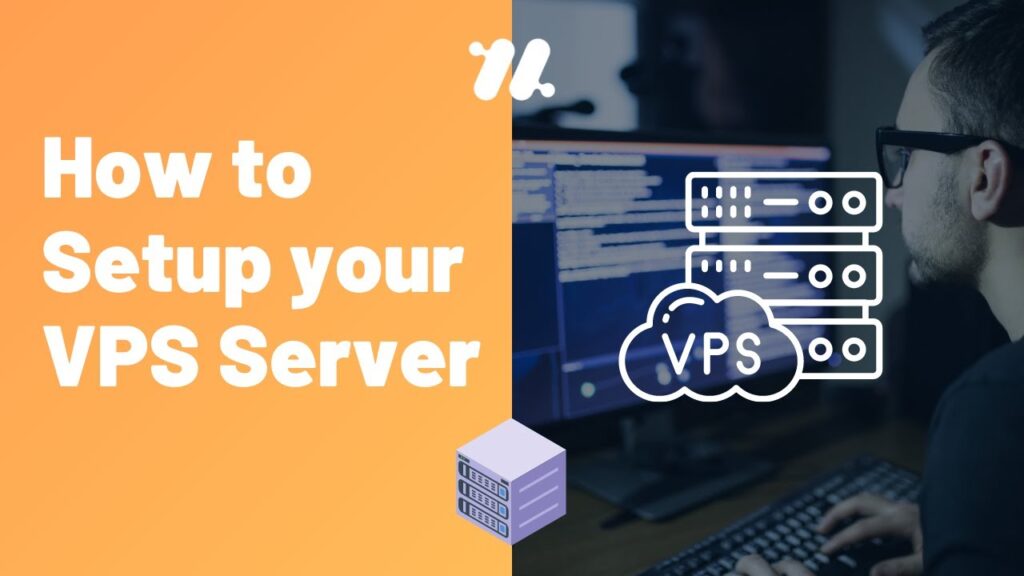How to Configure VPS Server
Configuring a VPS (Virtual Private Server) server can seem daunting at first, but with the right guidance, it can be a straightforward process. Whether you’re a seasoned developer or just starting out, setting up your VPS server correctly is essential for optimal performance and security.
Here are some steps to help you configure your VPS server:
Choose the right VPS Hosting Provider
Before you start configuring your VPS server, it’s crucial to choose the right hosting provider. Look for a provider that offers reliable performance, good customer support, and a user-friendly control panel. Popular VPS hosting providers include DigitalOcean, Linode, and Vultr.
- Consider your technical requirements
- Compare pricing plans
- Read reviews and ratings
Install an Operating System
Once you’ve selected a VPS hosting provider, the next step is to install an operating system on your server. Most hosting providers offer a variety of operating systems to choose from, including Ubuntu, CentOS, and Debian. Choose an OS that suits your needs and familiarity.
- Follow the installation instructions provided by your hosting provider
- Secure your server by updating the OS regularly and enabling a firewall
Configure SSH Access
SSH (Secure Shell) is a secure way to access your VPS server remotely. Configuring SSH access allows you to manage your server securely from anywhere in the world. Make sure to create SSH keys and disable password authentication for added security.
- Generate SSH keys
- Edit SSH configuration file
- Restart SSH service
Need Reliable VPS Hosting? Get high-performance virtual servers with full root access, SSD storage, and 24/7 support. Get VPS Hosting →
Set Up Web Server Software
Configuring a web server software such as Apache, Nginx, or LiteSpeed is essential for hosting websites and applications on your VPS server. Install and configure the web server software based on your requirements and familiarity.
- Install web server software
- Configure virtual hosts
- Test server configuration
Optimize Server Performance
Optimizing your VPS server for performance is crucial for ensuring fast loading times and efficient resource utilization. Consider implementing caching mechanisms, monitoring server metrics, and optimizing database queries to enhance performance.
- Install caching plugins
- Monitor server metrics
- Optimize database queries
Enable Security Measures
Securing your VPS server is essential to protect your data and prevent unauthorized access. Implement security measures such as setting up a firewall, using SSL certificates, and regularly updating your software to mitigate security risks.
- Install SSL certificates
- Configure firewall rules
- Update software regularly
By following these steps and best practices, you can configure your VPS server efficiently and securely. Remember to regularly monitor and maintain your server to ensure optimal performance and security.
